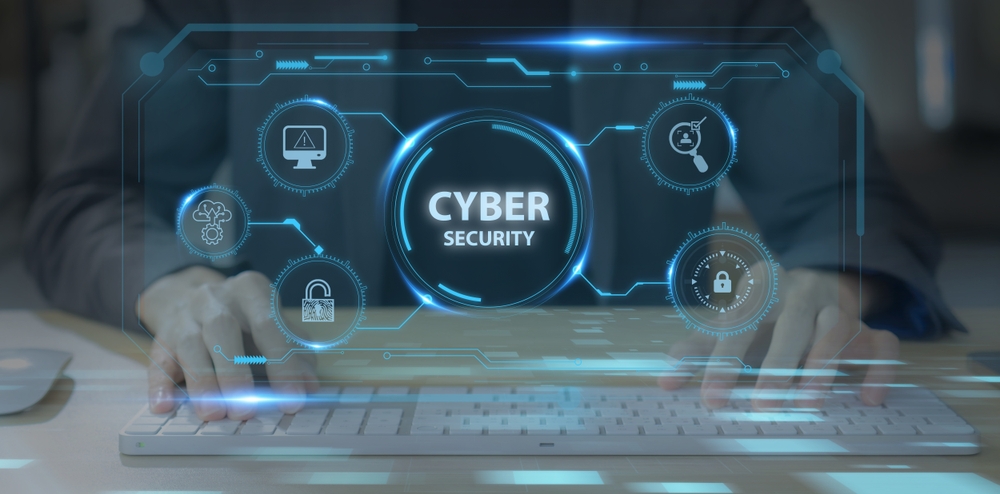In today’s hyperconnected landscape, where a single click can compromise an entire business, cyber defence must start with people—not just systems. As cyber threats grow in complexity and volume, organisations can no longer rely solely on firewalls and antivirus software. The human element remains the most targeted and vulnerable part of any security framework.
Modern workplaces must urgently embrace comprehensive cyber training as a critical layer of their defence strategy. It's not just about IT departments or tech tools; it's about equipping every employee with the awareness and skills needed to act as the first line of defence. This article explores why cyber security training for employees is now a business imperative and how the right tools—including the best password manager application—play a vital role in reducing risk.
The Evolving Nature of Cyber Threats
The days of basic, brute-force attacks are long gone. Today’s cybercriminals are strategic, patient, and opportunistic. From spear phishing emails to highly targeted ransomware attacks, the threats are becoming more personalised and less detectable by traditional IT security systems.
The shift to remote and hybrid work environments has only exacerbated these vulnerabilities. With employees accessing corporate systems from home networks and personal devices, the risk perimeter has expanded significantly. Business continuity now hinges not only on system robustness but on human decision-making. It’s no longer a question of if an employee will encounter a cyber threat, but when—and how well prepared they are to respond.
The Human Element in Cyber Defence
Technology, no matter how advanced, cannot eliminate human error. Employees frequently become inadvertent accomplices in cyber breaches by clicking on malicious links, using weak passwords, or sharing sensitive information via unsecured channels. These missteps are rarely malicious but usually stem from a lack of knowledge or awareness.
Yet, the same employees who are seen as the “weakest link” can also become the strongest asset when empowered with the right training. Building this capacity starts with understanding that cyber security is everyone’s responsibility, not just that of the IT department.
Cyber Security Training for Employees: Why It’s Non-Negotiable
Effective cyber security training for employees is no longer optional—it’s essential. Training initiatives should be designed to develop intuitive responses to suspicious activity and instill habits that naturally reduce risk.
A comprehensive training programme should include:
- Phishing awareness: Teaching employees how to recognise malicious emails or fake login screens.
- Password best practices: Reinforcing the use of complex, unique passwords and advocating for tools like the best password manager application.
- Safe internet and device use: Guidance on secure browsing, avoiding public Wi-Fi, and managing personal device security.
- Data handling procedures: Understanding the correct ways to store, access, and transfer sensitive business data.
The most effective training is modular, ongoing, and scenario-based—empowering employees to learn through simulated threats and real-world scenarios. One-time sessions or annual courses are inadequate. Continuous learning helps security best practices stay top of mind.
Embedding a Culture of Cyber Awareness
An organisation’s cyber resilience is only as strong as its culture. Cyber security cannot exist in isolation from the broader workplace ethos. Companies must foster an environment where secure behaviour is encouraged, expected, and modelled by leadership.
Key elements of a strong cyber culture include:
- Executive involvement: Leaders should champion cyber security initiatives and participate in training.
- Onboarding alignment: New employees should receive cyber security training as part of their induction process.
- Internal ambassadors: Designating cyber champions in each department can help reinforce security habits through peer influence.
These actions not only reduce security risks but also create shared ownership across the organisation. When every employee understands their role in cyber defence, resilience becomes a collective achievement.
Tools that Strengthen Human Defences
Training provides the knowledge; tools provide the means. Even the most security-conscious employees need reliable tools to implement best practices effectively. A key example is the use of secure password management.
Strong passwords are foundational to cyber security, yet many breaches occur due to reused or easily guessed credentials. Implementing the best password manager application across an organisation offers dual benefits: reducing the burden on users while ensuring password integrity.
Benefits of using a password manager include:
- Generation of strong, unique passwords for every account
- Secure sharing of credentials between authorised team members
- Centralised admin control and monitoring
- Encrypted vaults accessible across devices
Other essential tools include:
- Multi-factor authentication (MFA) for an added layer of login security
- Secure VPNs for encrypted internet access
- Encrypted communication platforms for internal messaging
Together with cyber security training for employees, these tools build a robust human-tech defence ecosystem.
Metrics That Matter: Measuring Training Success
Simply implementing a training programme is not enough; organisations must measure its impact. Metrics provide insight into what’s working, what needs adjustment, and where new threats may emerge.
Key performance indicators include:
Metric | Why It Matters |
Training completion rates | Gauges employee engagement |
Phishing simulation click rates | Measures threat recognition improvement |
Incident reports submitted | Indicates growing alertness and ownership |
Password strength audit results | Reflects behavioural shift in credential use |
Monitoring these metrics helps refine training content and strategy over time, ensuring continued relevance and effectiveness.

Overcoming Common Barriers to Cyber Training
Despite its importance, cyber security training for employees often encounters resistance. Common obstacles include:
- Time constraints: Employees may view training as an interruption to their workflow.
- Budget limitations: Organisations might prioritise training in favour of technical solutions.
- Perceived irrelevance: Staff may not believe cyber security applies to their role.
To address these, companies should:
- Incorporate microlearning: Short, digestible sessions minimise disruption.
- Invest in engaging formats: Interactive modules or gamified platforms increase retention.
- Communicate the stakes clearly: Make the consequences of poor security tangible and relatable.
Management buy-in and clear ROI communication also help secure long-term investment in employee training initiatives.
Cyber Training as a Competitive Business Advantage
Cyber security is not just about avoiding threats—it’s about gaining trust. Clients, partners, and regulatory bodies all scrutinise how businesses protect their data. Demonstrating a commitment to training employees and adopting secure tools reflects maturity and responsibility.
Advantages of strong cyber awareness include:
- Regulatory compliance: Meeting GDPR and industry-specific standards
- Reputation protection: Minimising the likelihood of damaging data breaches
- Customer trust: Reassuring clients that their data is in safe hands
- Reduced insurance premiums: Many insurers offer better terms for well-trained teams
Forward-thinking companies realise that cyber security is integral to their brand. Training employees and using the best password manager application are not just IT decisions—they’re strategic moves.
Conclusion
A resilient modern workplace doesn’t rely on luck or outdated defences. It understands that every employee interaction with technology is a potential gateway for attackers—or a shield against them. This is why a commitment to cyber security training for employees is fundamental.
By equipping teams with the right knowledge and supporting them with tools like the best password manager application, organisations create a multi-layered defence that evolves with the threat landscape.
Now more than ever, cyber defence starts with people. It’s time to empower them.
Renaissance Computer Services Limited stands at the forefront of this mission—enabling organisations to build smarter, safer, and more secure digital workplaces.









